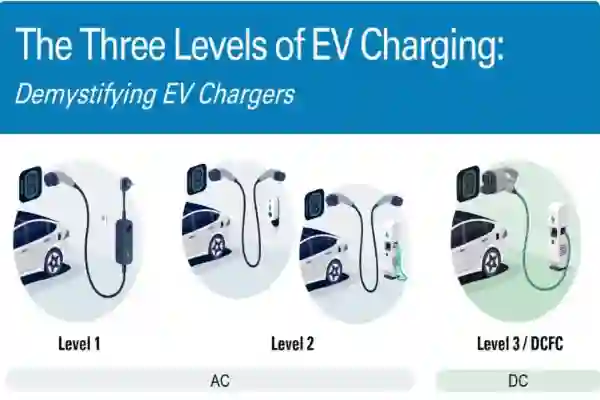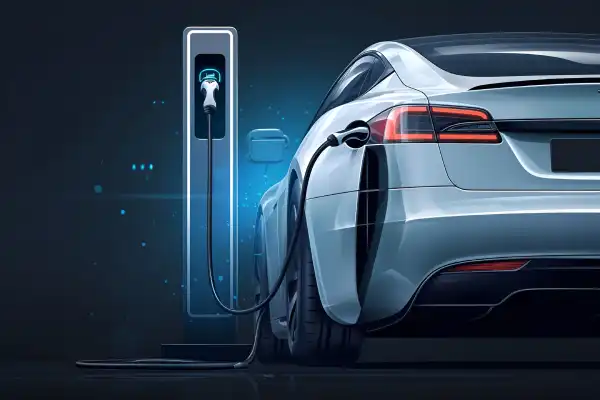How to Reduce Commercial EV Charging Station Costs
As electric vehicles (EVs) become increasingly popular, businesses are investing in commercial EV charging stations to meet growing demand. However, the costs associated with installing and maintaining these stations can be significant. This guide explores practical strategies to reduce commercial EV charging station costs without compromising on quality or efficiency.

Optimize Installation Costs
One of the most significant expenses for commercial EV charging stations is the installation process. To reduce these costs, consider the following:
Choose the Right Location
Selecting an optimal location for your charging station can minimize installation expenses. Areas with existing electrical infrastructure or proximity to power sources can reduce the need for extensive wiring and construction work.
Leverage Government Incentives
Many governments offer grants, tax credits, or rebates for businesses installing EV charging stations. Research available programs in your area to offset installation costs.
Reduce Maintenance Expenses
Maintaining commercial EV charging stations can be costly, but proactive measures can help minimize these expenses.
Invest in High-Quality Equipment
While high-quality charging equipment may have a higher upfront cost, it often requires less maintenance and has a longer lifespan, reducing long-term expenses.
Implement Regular Inspections
Conducting regular inspections can help identify and address potential issues before they become costly repairs. Partner with a reliable maintenance provider to ensure your stations remain in optimal condition.
Optimize Operational Costs
Operational costs, such as electricity usage and software management, can also impact the overall expense of running a commercial EV charging station.
Use Smart Charging Solutions
Smart charging systems can optimize energy usage by adjusting charging rates based on demand and electricity prices. This can significantly reduce electricity costs over time.
Implement User Fees
Charging users for the electricity they consume can help offset operational costs. Consider implementing a pay-per-use or subscription-based model to generate revenue.
Explore Partnerships and Sponsorships
Collaborating with other businesses or organizations can help reduce costs and increase the visibility of your charging stations.
Partner with Local Businesses
Partnering with nearby businesses can help share installation and maintenance costs. Additionally, offering charging services can attract more customers to your location.
Seek Sponsorships
Approach companies or organizations interested in promoting sustainability to sponsor your charging stations. This can provide financial support and reduce your overall expenses.
Plan for Future Expansion
As EV adoption grows, your charging station may need to accommodate more users. Planning for future expansion can help reduce long-term costs.
Design Scalable Infrastructure
When installing your charging station, design the infrastructure to support additional units in the future. This can minimize the need for costly upgrades later.
Stay Informed About Industry Trends
Keep up with advancements in EV technology and charging solutions to ensure your station remains competitive and cost-effective.
Conclusion
Reducing commercial EV charging station costs is achievable with careful planning and strategic decision-making. By optimizing installation, maintenance, and operational expenses, businesses can provide reliable charging services while minimizing financial burdens. Explore partnerships, leverage incentives, and invest in high-quality equipment to ensure long-term success.

